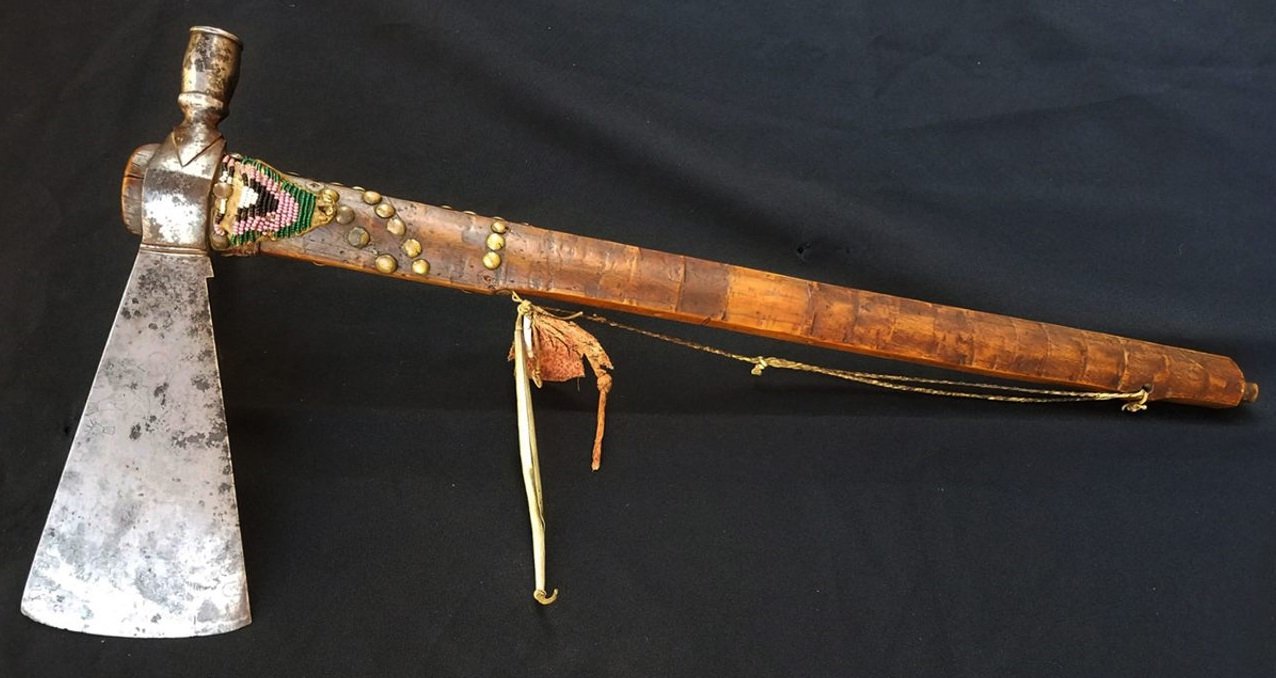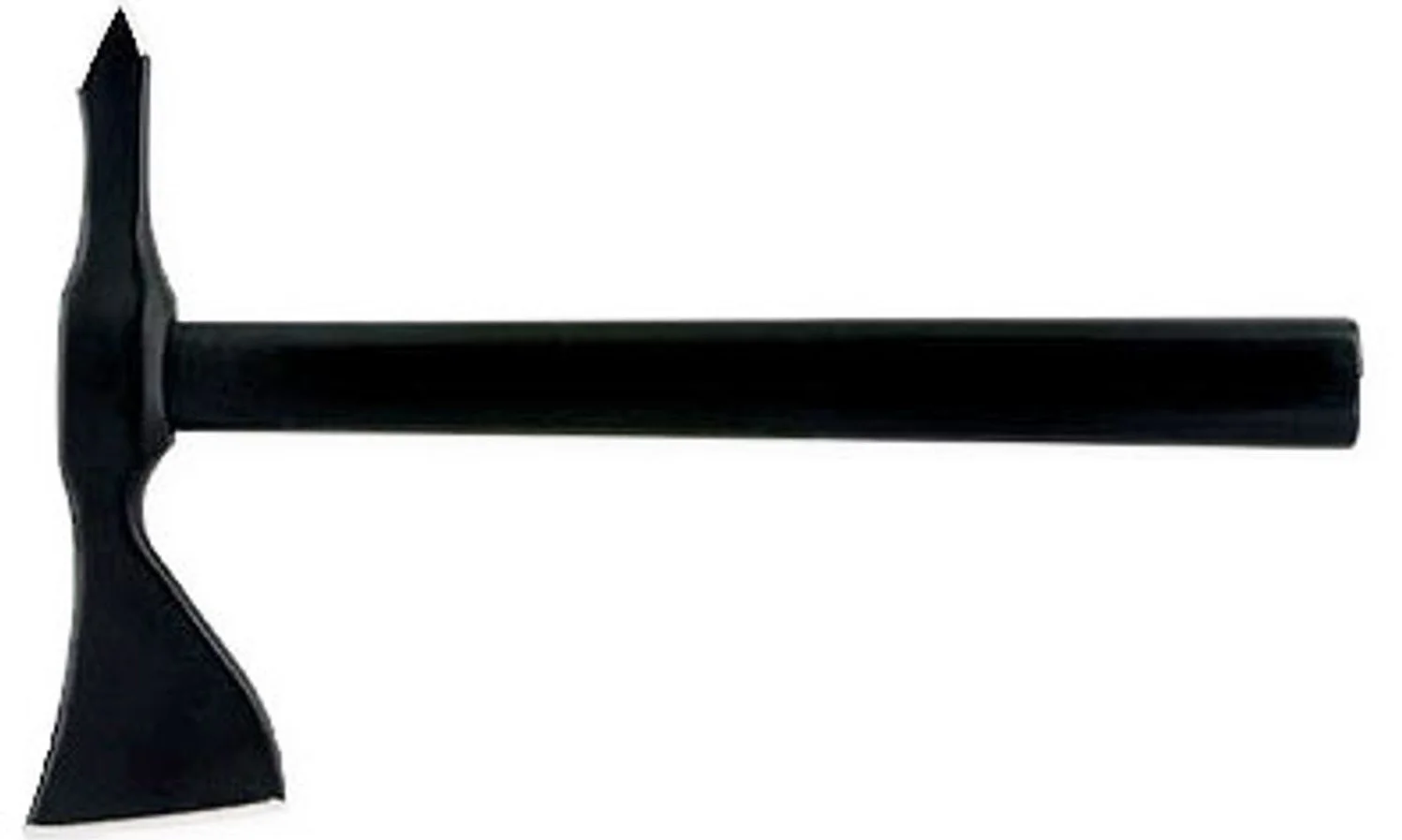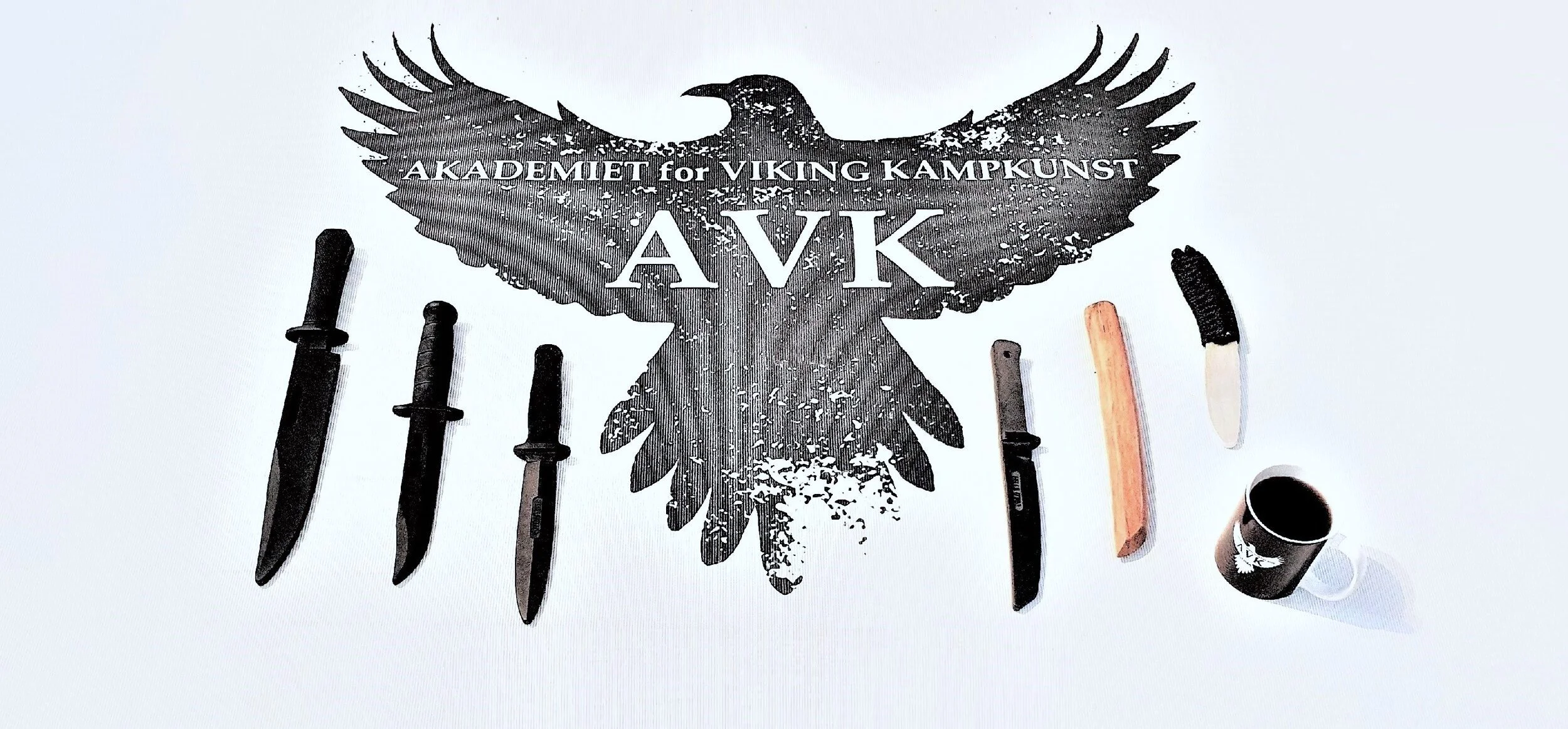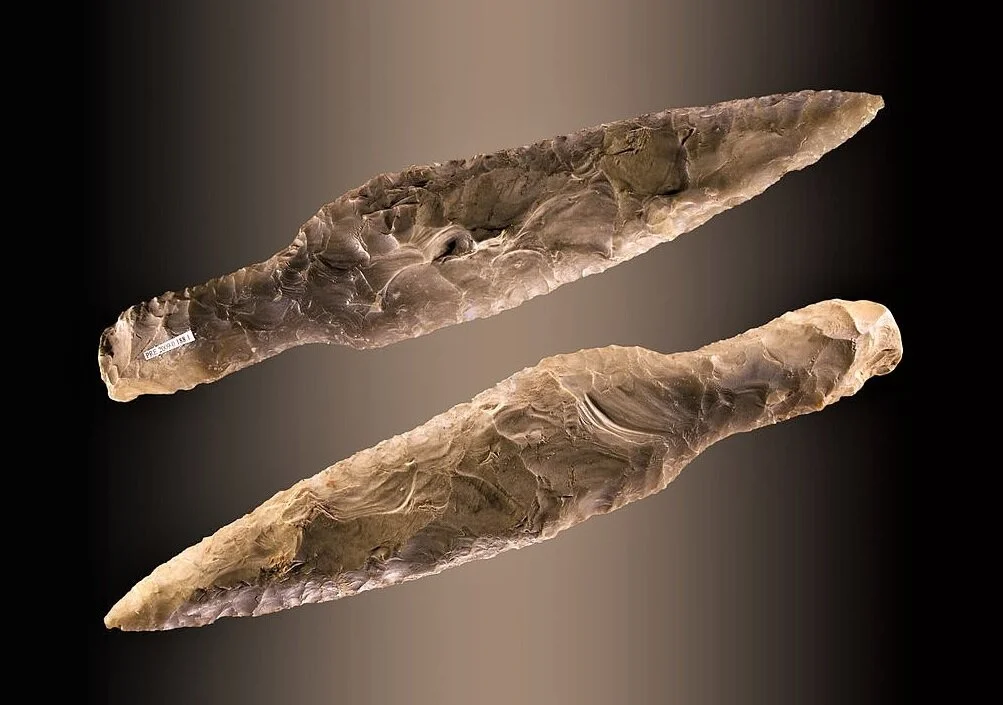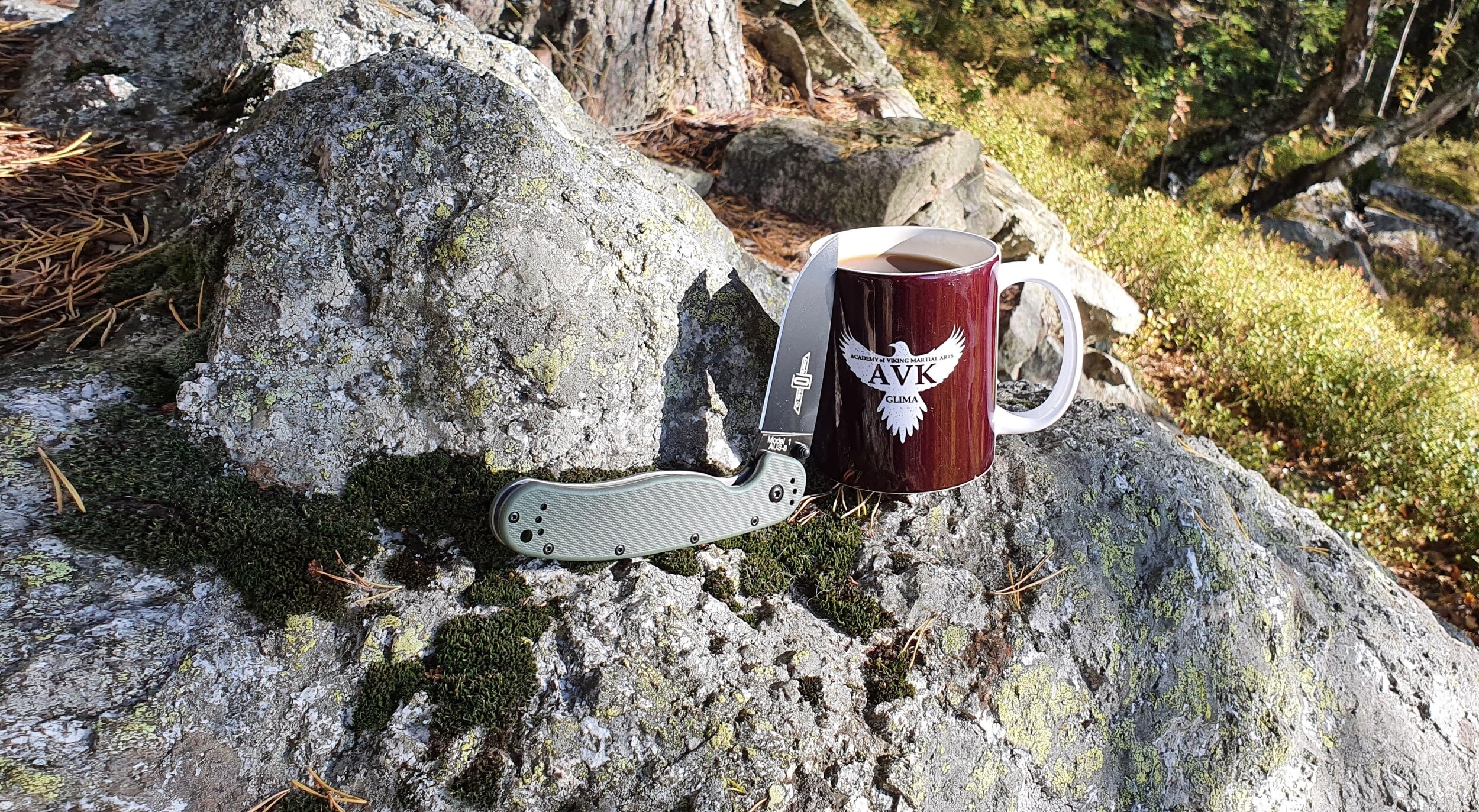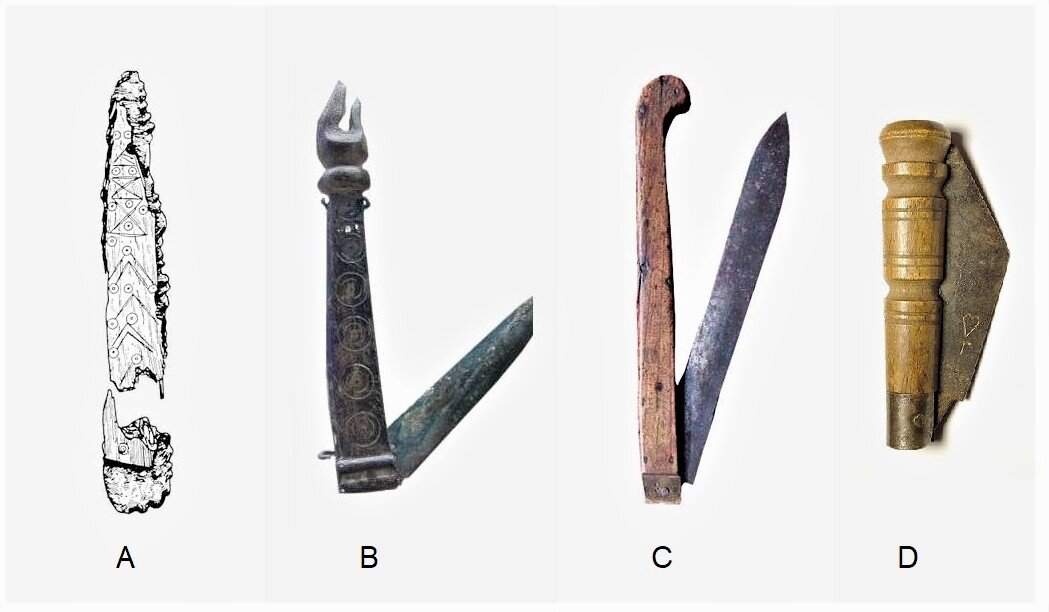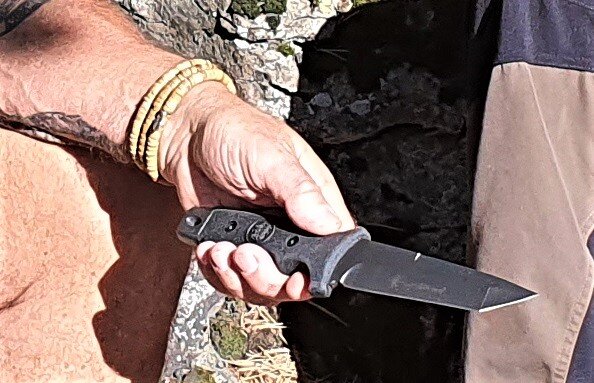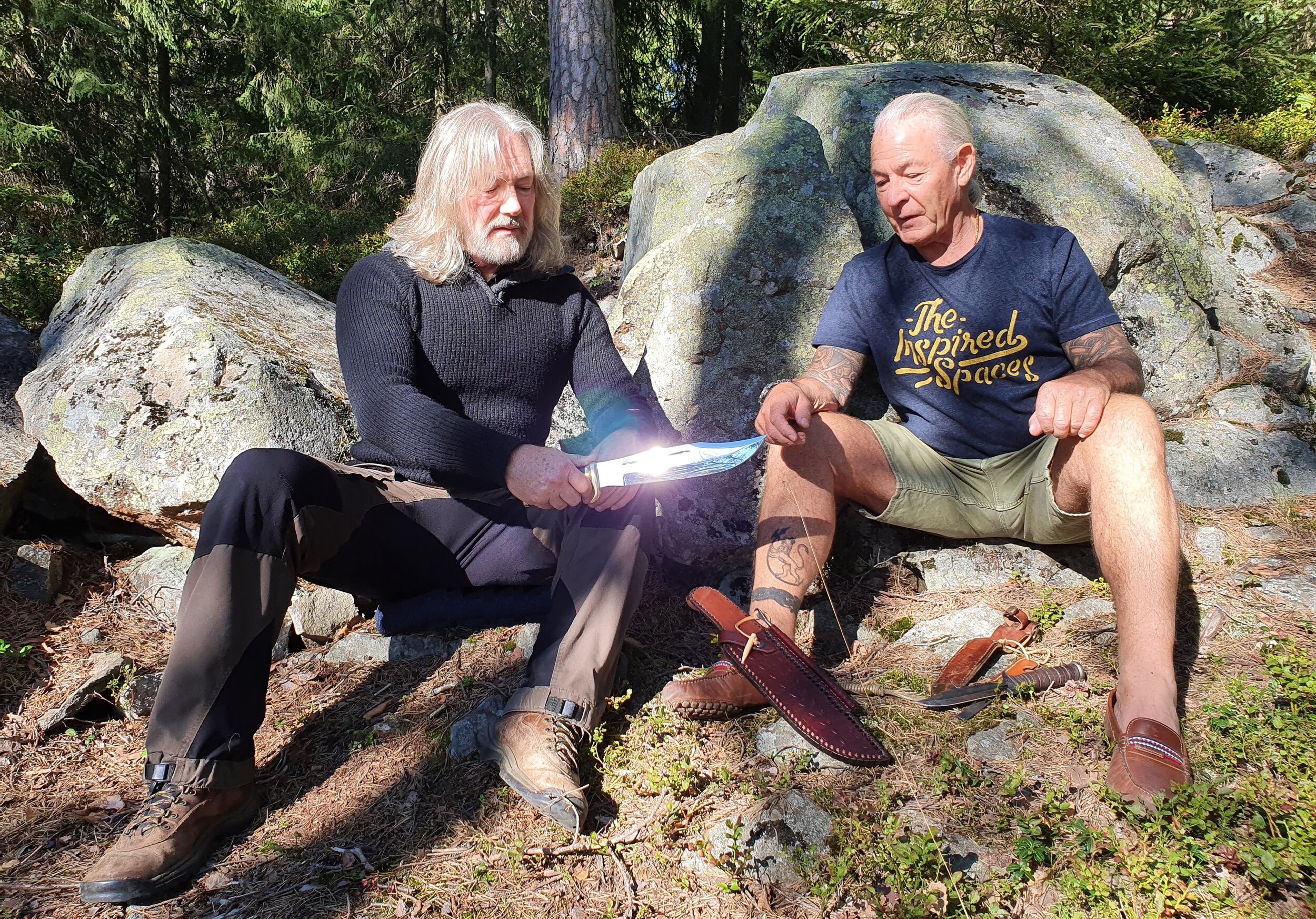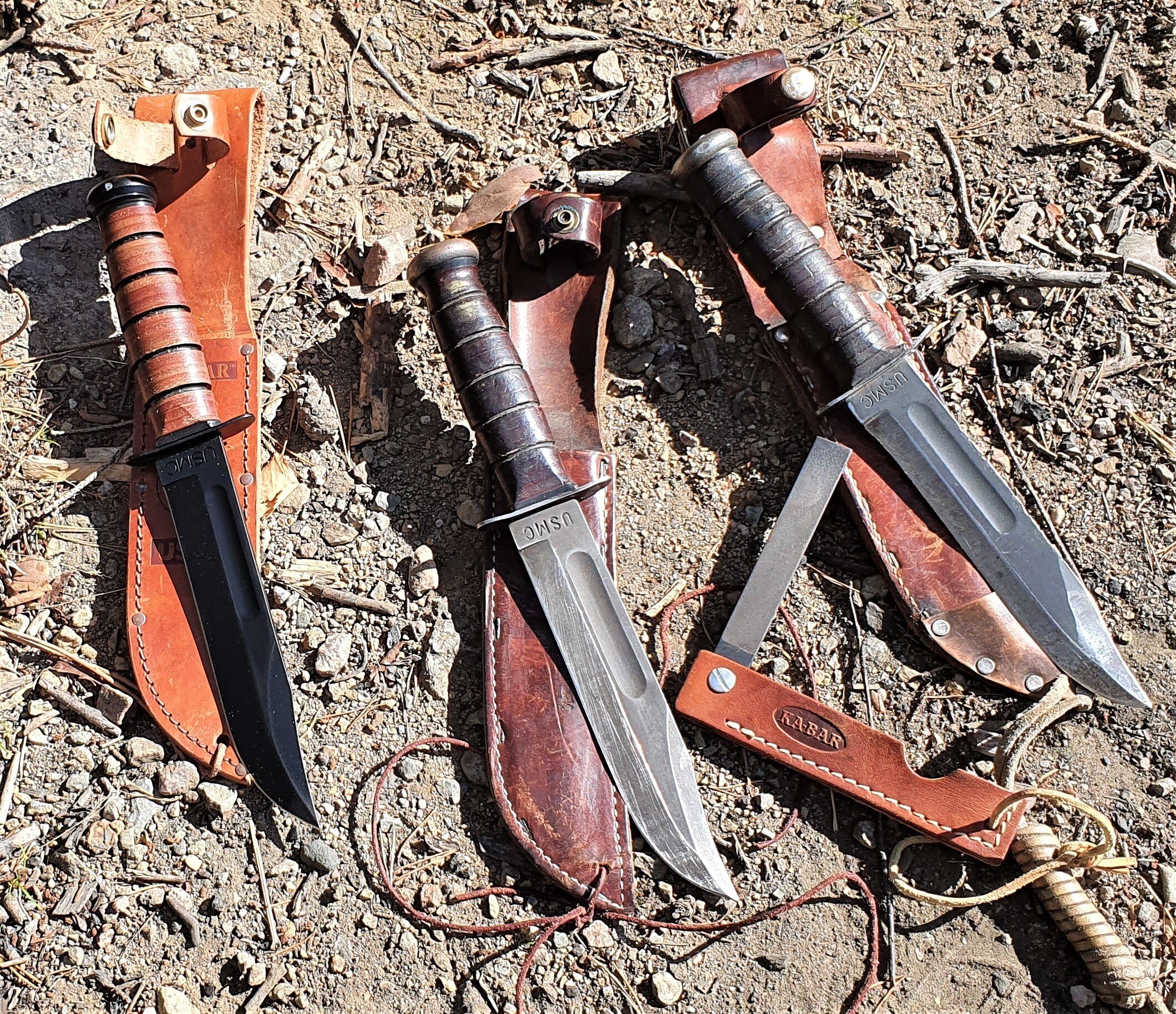TOMAHAWK by Tyr Neilsen
/The Tomahawk has proven itself to be a versatile tool and weapon throughout history, and its sustained popularity means it continues to evolve.
Whether in the hands of modern military units, law enforcement tactical teams, or civilians in camping and outdoor settings, the tomahawk is a tool with unique qualities and functionality.
lakota tomahawk from mid 19th century
A tomahawk is a single-handed axe, traditionally used by Indigenous peoples and nations of North America. Tomahawk comes from the Powhatan word tamahaac, derived from the Proto-Algonquian 'temah' meaning 'to cut off by tool'.
Tomahawks date back centuries, and were used as general-purpose tool and weapon in hand-to-hand combat. In pre-colonial times, the tomahawk head was made of stone, bone, or antler. European settlers later introduced heads of iron and steel.
Metal tomahawk heads were based on a Royal Navy boarding axe, used as a trade item with Native Americans for food and other provisions.
military tomahawk issued to U.S. troops during the Vietnam War. 440 stainless steel construction axe head and bit pick with hardwood handle. 7 1/2" blade, 12 5/8" overall.



